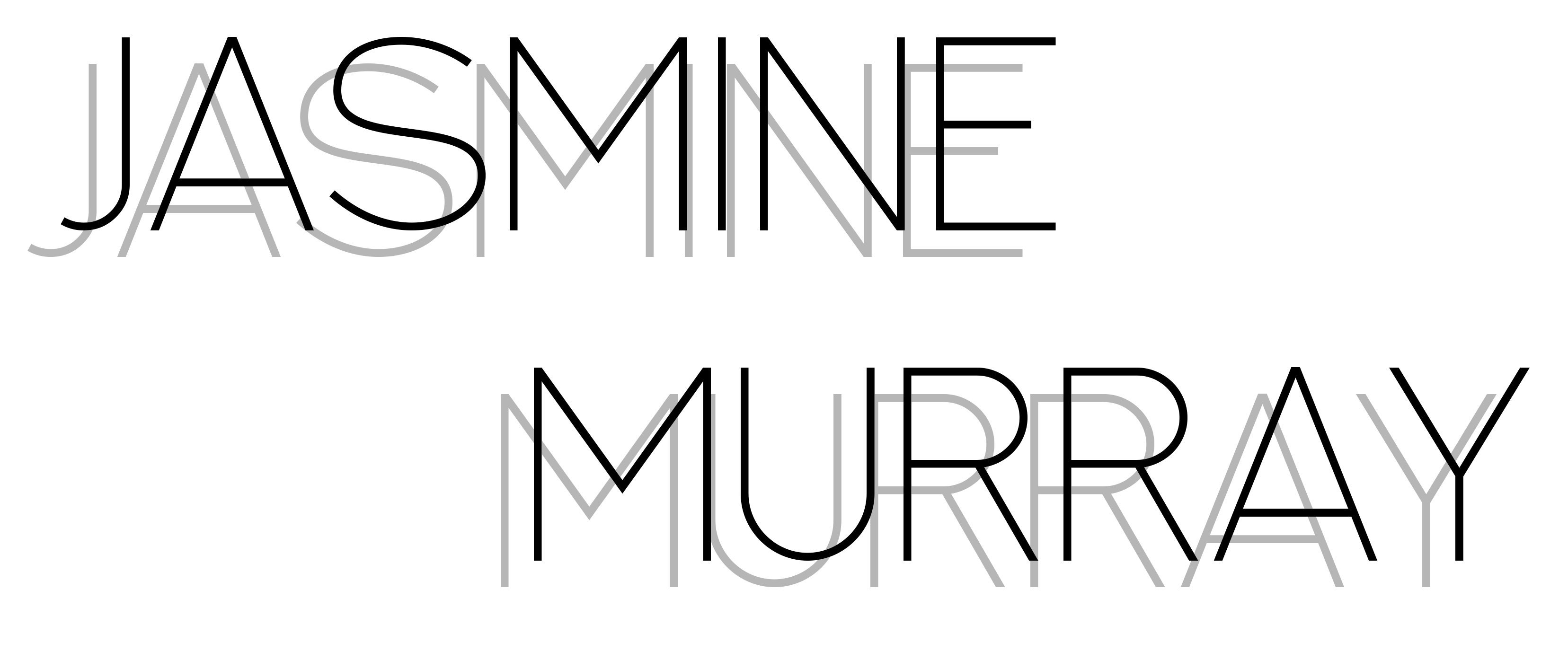Figure 1 Murray, J. (October 2020) Cat on Roof
This week we were set the task of producing a story in five to seven images, with the images strong enough to tell and carry the narrative. I was initially quite unsure what to do this week so counted myself lucky when a local cat decided to make the neighbours roof it’s home for nearly 2 days refusing to come down for food and water, that it had to be ‘rescued’ by the fire brigade. Unfortunately as I posted quite late in the week I didn’t manage to receive any feedback, however going on past experience where an image of mine was specifically picked up by a newspaper because of it’s narrative content, I feel that my images in Figure 1 have successfully conveyed the basic narrative of the cat being rescued from the roof.
WPP B Week 5 & 6
“We can see when water is dirty. We can see when food is rotten. But we can’t see – not in the everyday – when air is polluted. Breathing is innate. We may not be able to see it, but taking a breath is the most precious action we take.”
Kissi-Debrah, R. [in] Santi, A. & Company (2020; 69)
I recently received a copy of Three Things an anthology on climate health, by the Pound Project, the book is divided into three parts: Eat, Wear and Breathe. As my take eco-anxiety is around the negative affects of urbanisation such as the rise of pollution, something detrimental that would personally affect me as an asthmatic, and in fact does when I commute into cities such as London. Looking into the Wellcome archives the topic of air pollution has been in academic journals since at least the early 1950s at the peak of the industrial coal and steam production, however despite air pollution improving from the days of the smog people are still dying from it, with The World Health Organisation stating that air pollution kills an estimated 7 million people worldwide each year. Ultimately I aim for my submission to express the anxiety of urbanisation, the rise of air pollution, its impact, visually and environmentally, highlighting the challenge facing the world, balancing economic development against a sustainable future.

This week we had another webinar meeting on monday as our group we discussed how we might get some stylistic continuity with out work, as a group member presented us with diptych and triptychs it was decided to go with a 2×3″ ratio portrait diptych. Whilst I mentioned 2×3″ ratio as a portrait alone would be problematic for social media ratios as Instagram for example has a 8×10″ ratio cap on height of images, it was decided that 2×3″ portrait issues would be resolved by opting into a diptych. We decided that we would determine budget and invoicing after Anna’s live lecture.
“The photographer should be aware that terms on the client’s order can override the photographer’s terms…”
Thomas G.; Turton, S. (2003; 62)
I have calculated a rough estimate of my own costs as follows:
Day Rate – I have assumed equipment costs based on a camera replacement value of £1000, plus £15 for a used legacy lens. I then depreciated the total £1015 over 6 years to give an award figure of £166 per year. Assuming I work for approximately 40 weeks in a year, this translates to £4.10 per day. I then rounded this up to £5 per working day to cover contingencies. I then assumed my own cost for my skills as just above minimum wage of £12 per hour. As this is a ‘day rate’ I have multiplied this by 24 hours per day, giving a total of £288 for my labour. Adding on the equipment cost raises the total to £288 + £5 = £293, which I have rounded up to £300 per day to include an element for contigency.
Expenses – I have estimated my expenses as consisting of £30 per day for food, plus £70 for other expenses e.g. train fare, taxi etc, bringing the total to £100. I will set aside an additional £100 for contingency. Day Rate Total – I have combined my Day rate, £300, with my expenses, £100, plus another £100 for contingency, so a total of £300 + £100 + £100 = £500 per day.
Usage fee – I have evaluated my usage fee at £2,000 – £3,000 for the first year. This usage fee would grant exclusive global, worldwide, online and print use for the first year. However I will retain perpetual copyright for any images I produce. I also produce a reuse option after the first year, at £1,000 for any subsequent years on the same exclusive use terms. If the reuse option is not exercised all rights return to myself as the creator and I have the option to resell the works produced in any way I wish.
This brings my total costing to £300 + £3,000 + £100 + £100 = £3,500.
References
Figures
Figure 1 Murray, J. (October 2020) Cat on Roof
Figure 2 Murray, J. (2017-2020) Diptychs of Urbanisation
Bibliography
Kissi-Debrah, R. [in] Santi, A. & Company (2020) Three Things. pg 69. Birmingham; The Pound Project.
Thomas G. & Turton, S. (2014) Beyond the lens. Contract Law, Legislation and Legal Remedies, 4th edition. pg 62. London; AOP.
Wellcome Collection (2020-) Archives: Air Pollution. [Online] Available from: https://wellcomecollection.org/works?query=%22Air%20-%20Pollution.%22 [Accessed 19/10/2020]
WHO (2020-) Air Pollution. [Online] Available from: https://www.who.int/health-topics/air-pollution#tab=tab_1 [Accessed 19/10/2020]






